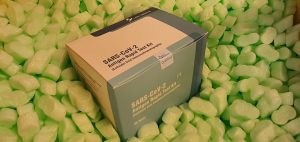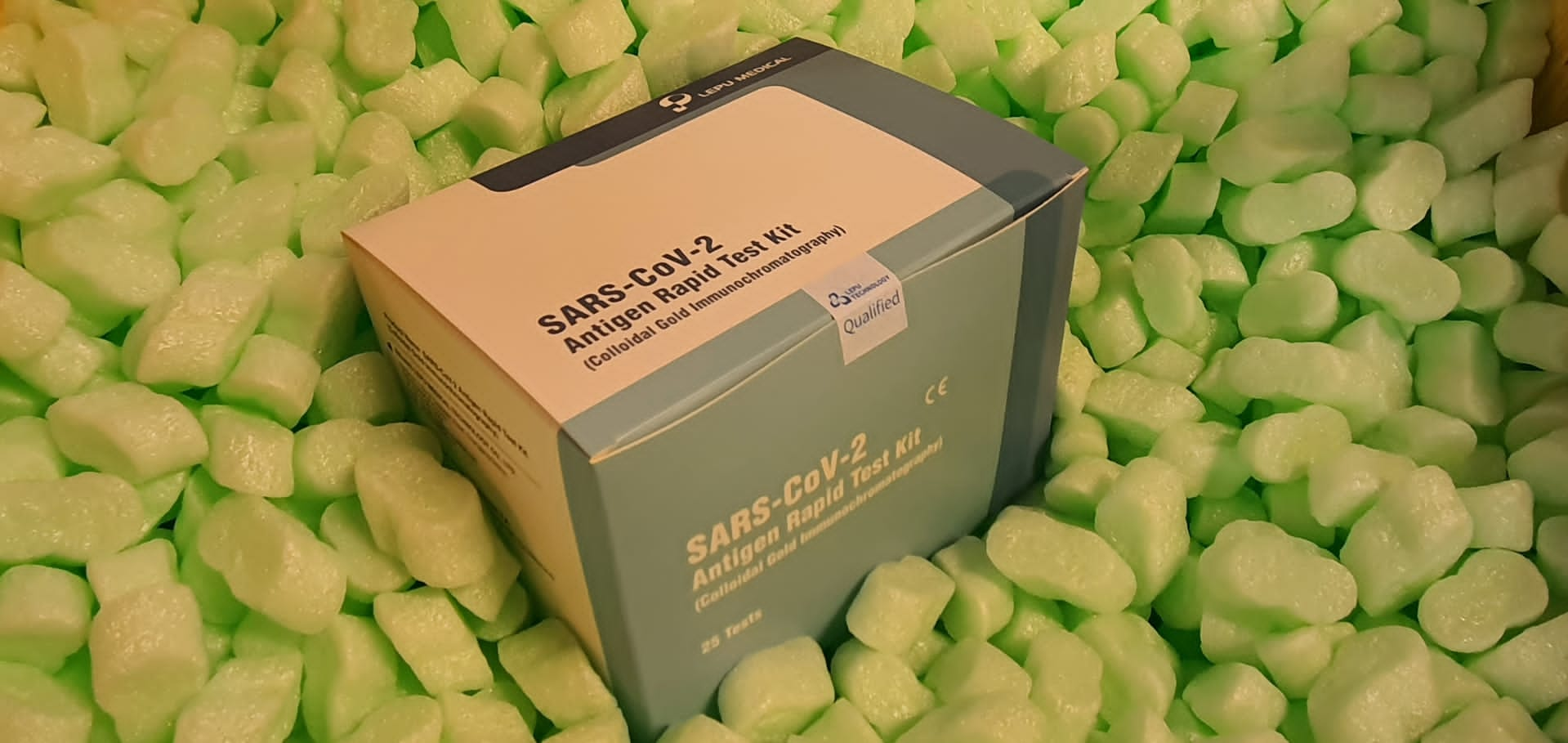The impact of ohmic heating (OH) (50, 55, and 60 °C, 6 V/cm) on the inactivation kinetics (Weibull mannequin) and morphological changes (scanning electron microscopy and stream cytometry) of Salmonella spp. in infant formula (IF) was evaluated. In addition, thermal load indicators (hydroxymethylfurfural and whey protein nitrogen index, HMF, and WPNI) and bioactive compounds (DPPH, complete phenolics, ACE, α-amylase, and α-glucosidase inhibitory actions) had been additionally studied. OH offered a extra intense inactivation charge than typical heating, ensuing in a discount of about 5 log CFU per mL at 60 °C in solely 2.91 min, being additionally famous a higher cell membrane deformation, larger formation of bioactive compounds, and decrease values for the thermal load parameters.
Spatio-temporal choice of reference genes in the two congeneric species of Glycyrrhiza
Glycyrrhiza, a genus of perennial medicinal herbs, has been historically used to deal with human ailments, together with respiratory problems. Functional evaluation of genes concerned in the synthesis, accumulation, and degradation of bioactive compounds in these medicinal crops requires correct measurement of their expression profiles. Reverse transcription quantitative real-time PCR (RT-qPCR) is a main software, which requires stably expressed reference genes to function the inner references to normalize the goal gene expression. In this examine, the stability of 14 candidate reference genes from the two congeneric species G. uralensis and G. inflata, together with ACT, CAC, CYP, DNAJ, DREB, EF1, RAN, TIF1, TUB, UBC2, ABCC2, COPS3, CS, R3HDM2, had been evaluated throughout completely different tissues and all through varied developmental levels.
More importantly, we investigated the affect of interactions between tissue and developmental stage on the efficiency of candidate reference genes. Four algorithms, together with geNorm, NormFinder, BestKeeper, and Delta Ct, had been used to investigate the expression stability and RefFinder, a complete software program, offered the closing advice. Based on earlier analysis and our preliminary knowledge, we hypothesized that inner references for spatio-temporal gene expression are completely different from the reference genes fitted to particular person components.
In G. uralensis, the high three most secure reference genes throughout completely different tissues had been R3HDM2, CAC and TUB, whereas CAC, CYP and ABCC2 had been most fitted to completely different developmental levels. CAC is the solely candidate really helpful for each biotic components, which is mirrored in the stability rating for the spatio (tissue)-temporal (developmental stage) interactions (CAC, R3HDM2 and DNAJ). Similarly, in G. inflata, COPS3, R3HDM2 and DREB had been chosen for tissues, whereas RAN, COPS3 and CS had been really helpful for developmental levels.
For the tissue-developmental stage interactions, COPS3, DREB and ABCC2 had been the most suited reference genes. In each species, just one of the high three candidates was shared between the particular person components and their interactions, particularly, CAC in G. uralensis and COPS3 in G. inflata, which helps our overarching speculation. In abstract, spatio-temporal choice of reference genes not solely lays the basis for practical genomics analysis in Glycyrrhiza, but in addition facilitates these conventional medicinal herbs to achieve/maximize their pharmaceutical potential.

Evaluation of Genotoxicity by Micronucleus Assay in vitro and by Allium cepa Test in vivo
The in vitro and in vivo genotoxicity of new metallodrugs both as Small Bioactive Molecules (SBAMs) or Conjugates of Metals with Drugs (CoMeDs) is evaluated by the micronucleus take a look at and the Allium cepa assay, respectively. Fetal lung fibroblast cells (MRC-5), regular human corneal epithelial cells (HCEC) and immortalized human keratinocytes cells (HaCaT) had been incubated with options of SBAMs or CoMeDs at their IC50 values for 48 h (the focus of a compound which is required to inhibit the cells development by 50% in relation to the non-treated cells).
[Linking template=”default” type=”products” search=”Bioactive peptide 2-E. coli” header=”1″ limit=”143″ start=”2″ showCatalogNumber=”true” showSize=”true” showSupplier=”true” showPrice=”true” showDescription=”true” showAdditionalInformation=”true” showImage=”true” showSchemaMarkup=”true” imageWidth=”” imageHeight=””]
The micronucleus abundance share in the direction of the corresponding one, of the non-treated cells signifies the in vitro genotoxicity of the formulations. The in vivo Allium cepa take a look at contains the exposing of the plant Allium cepa roots to an SBAMs or a CoMeDs answer for 48 h. The percentages of the mitotic index, the chromosome aberrations, the nuclear abnormalities and the presence of the micronucleus are calculated indicating the in vivo genotoxicity of the agent.

